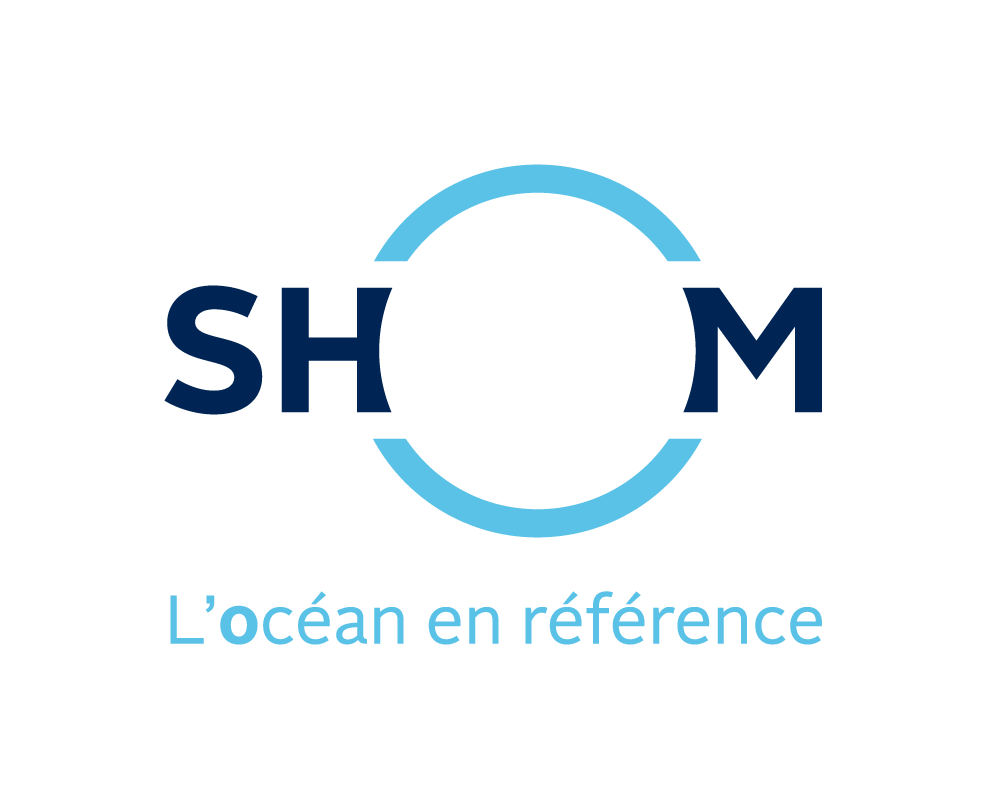ONEGEOLOGY/OneGeology-Europe/harmonized data
Type of resources
Available actions
Topics
Keywords
Contact for the resource
Provided by
Years
Formats
Representation types
Update frequencies
Service types
Scale
-
As the department of the Confederation responsible for earth sciences, the Swiss Geological Survey is principally concerned with the following tasks: organising national geological, geotechnical and geophysical surveys, gathering the necessary data, processing and compiling these data in the form of geological maps, and publishing reports, recommendations and guidelines in the fields to which geology is applied (engineering geology and environmental geology).The presented layers (tectonic lineaments and geological units) give a broad overview of the composition and major features of the underlying structure of Switzerland. (Revision: SVN-53)
-
The database of the 1:1.000.000 scale Geological Map of Italy, named GEO1MDB, is structured into 4 geometric layers and 3 descriptive tables. The layers are: Geologic Units, Tectonics Units, Geologic Structures and Regional Structures.
-
Radar Interferometry map of the Border of Belgium and Netherlands. The blue colours correspond to positive deformation (uplift) of the ground surface related to the recharge of a mining aquifer.
-
NGU Superficial geology - OneGeology-Europe WP3. Mapscale 1:1 M. This service shows surface geology, structures and bedrock defined by rock types and ages. The areas of bedrock are also assigned to tectonic units. The map has been compiled using data acquired during several mapping campaigns carried out over decades, which was archived in digital format, published or prepared in manuscript form between 1989 and 2001. Due to variations in the quality of information gathered and the different scales used in different mapping campaigns, the level of accuracy in the underlying national database is variable. The database is designed for presentation at the 1:1M scale.
-
High resolution geological map of Surice Agimont at a scale of 1:25 000 from the Walloon Region. See http://environnement.wallonie.be/cartosig/cartegeologique/
-
The Geological Map of Belgium at a scale of 1:40 000 is published by the Belgian Geological Survey.
-
As the department of the Confederation responsible for earth sciences, the Swiss Geological Survey is principally concerned with the following tasks: organising national geological, geotechnical and geophysical surveys, gathering the necessary data, processing and compiling these data in the form of geological maps, and publishing reports, recommendations and guidelines in the fields to which geology is applied (engineering geology and environmental geology).The presented layers (tectonic lineaments, tectonic units and geological units) give a broad overview of the composition and major features of the underlying structure of Switzerland.
-
Map of radon levels in Belgium
-
TNO Netherlands Superfical age, lithology and lithostratigraphy - Project OneGeology-Europe - WP3
-
The harmonized geological map of Slovenia is a simplified version of the 1:250 000 scale Geological Map of Slovenia (Buser, 2009), which was compiled using the Basic Geological Map of Slovenia at a scale of 1: 100.000 (compiled by various authors during the 1960's to 1980's) with the addition of new information by Buser. The map depicts the lithostratigraphic makeup of Slovenia . The map presented here was edited specifically for the purpose of the OneGeology-Europe project by M. Bavec, M. Novak, M. Poljak, M. Trajanova and D. Skaberne.
 Metadata catalogue
Metadata catalogue